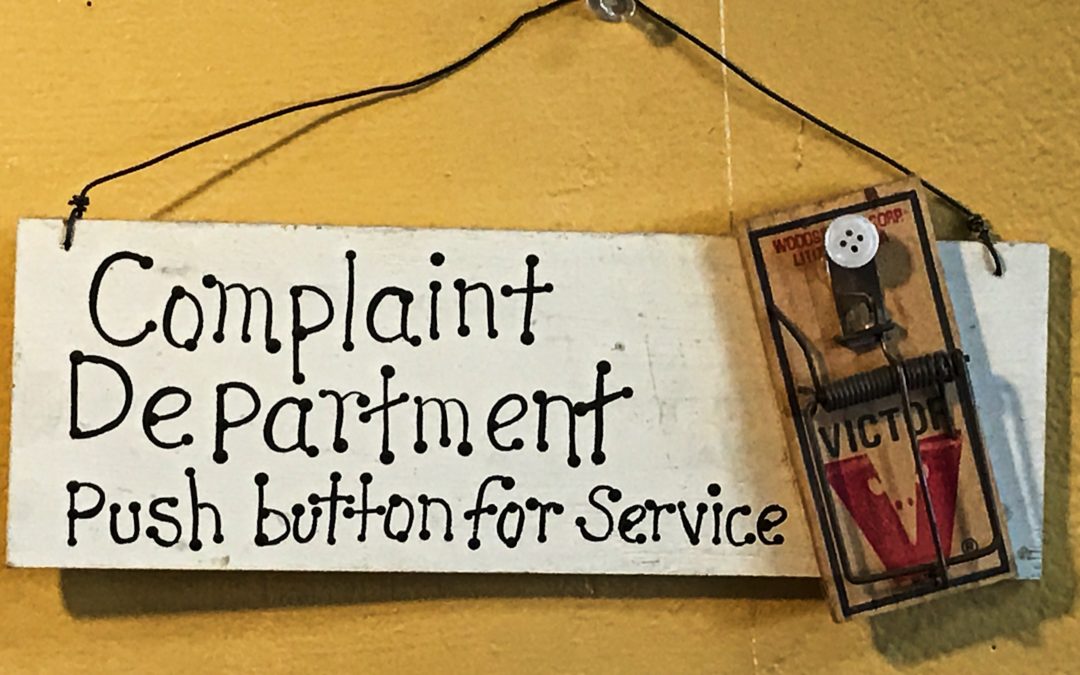For most people, it’s common sense that you should apologize when you’ve done something wrong. However, this staple of etiquette is often lost in brand interactions on social media.
It stands to reason that nobody wants negative reviews or comments floating around on social channels. Why? Because one to three negative reviews is all it takes to deter the majority of shoppers from purchasing a product or service (Econsultancy)
But all of that changes if a brand makes an effort to apologize:
- 68% of users say the presence of a management response to negative reviews sways them toward purchasing from that company (TripAdvisor).
- 34% of customers delete their negative review, or write a revision, after the company reaches out to them with an apology (RightNow).
It’s incredible to think that a simple response or apology can prevent customers from switching brands. When your company makes that effort, you’re well on your way toward retaining customers who may have otherwise looked elsewhere.
To effectively address and resolve complaints on social, simply remember these three A’s:
#1. Acknowledge
Naturally, when a complaint is received via social media, it warrants a prompt response. Nearly 40% of people expect a response within an hour on social media, while the average brand response rate is closer to five hours (Entrepreneur).
If your brand can bridge the gap between consumer expectations and reality, you’ve already taken the first step to improving your customers’ experience. Immediately acknowledging a person, even if you don’t have an immediate solution, goes a long way.
#2. Apologize
Not just apologize, mean it!
Authenticity is the golden rule of apologies both online and offline. Be genuine, and, most importantly, avoid a cookie cutter apology. Remember, you are talking to someone who is having a tough day because your product or service didn’t deliver. At a minimum give that person respect and empathy they deserve.
Personalize your interaction where you can, make sure they know that they matter to you (and your company).
#3. Act
Acting on a complaint is the most critical portion, as failing to do so would negate the apology.
Resolve the issues. Don’t just say you’ll fix it, actually do it. If you don’t know how to, find someone within your company who does (that’s what the process/team flowcharts are for). Be prepared.
Once you do, ask yourself if this warrants a blog post or best-known-practices share so that anyone else who is experiencing the same difficulty can take advantage of the information. This will save you a lot of time and resources.
But it’s not just about the specific issue or specific response/fix.
You should look at this process in the context of your brand’s broader social media management and ask yourself the following questions:
- Do you have a response SLA/goal in place?
- Are the right people responding to complaints?
- Are they utilizing queues and routing that help streamline the process?
- Is there appropriate messaging and oversight (e.g., templates, content libraries) in place?
If you answered no to any of these questions, you’re setting yourself up for a much larger risk than a customer complaint.
It’s imperative that you look beyond just one-off comments. You need to look at the bigger picture of the overall customer experience so you can identify, prioritize, and implement changes that will have the biggest effect on satisfaction, loyalty, and revenue.
Originally published in Inc.

